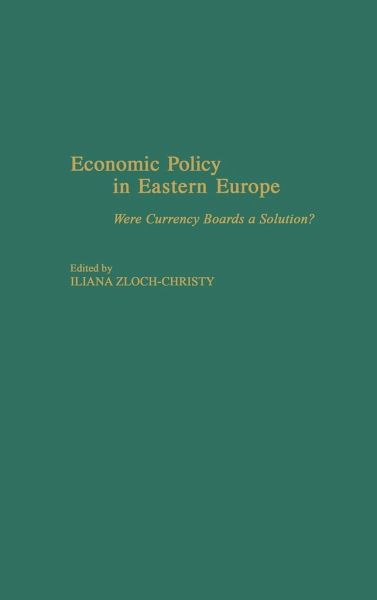
Economic Policy in Eastern Europe
Were Currency Boards a Solution?
Herausgeber: Zloch-Christy, Iliana

PAYBACK Punkte
44 °P sammeln!
In 1989 the post-Communist countries of Eastern Europe opened their economies by establishing more open exchange rate policies and exchange controls and eliminating prohibitive tariffs and quotas. Now trying to join the integrated world economy, they are facing the challenge of finding strategic alliances and attracting foreign capital. This book analyzes economic policy in Eastern Europe with a focus on the financial arrangement of currency boards. It examines the main challenges facing East European countries, their economic policy strategies, the main challenges to the economies that adopte...
In 1989 the post-Communist countries of Eastern Europe opened their economies by establishing more open exchange rate policies and exchange controls and eliminating prohibitive tariffs and quotas. Now trying to join the integrated world economy, they are facing the challenge of finding strategic alliances and attracting foreign capital. This book analyzes economic policy in Eastern Europe with a focus on the financial arrangement of currency boards. It examines the main challenges facing East European countries, their economic policy strategies, the main challenges to the economies that adopted currency boards, and whether currency boards were a solution. The book is organized into two parts. Part I addresses the challenges to economic policy in Eastern Europe, and Part II turns to the discussion of currency board arrangements.













